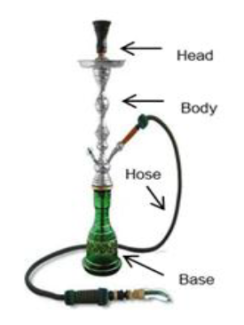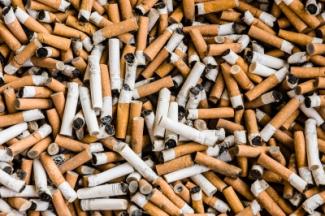---------------------------------------------------------------------------------------------------------------------------------------------------------------------------------------------------------------------------------
- American Lung Association. Tobacco Policy Trend Alert: An Emerging Deadly Trend: Waterpipe Tobacco Use [Report];2007.
- World Health Organization. Waterpipe Tobacco Smoking: Health Effects, Research needs and Recommended Actions by Regulators: WHO Study Group on Tobacco Product Regulation;2005.
- Shihadeh A. Investigation of mainstream smoke aerosol of the argileh water pipe. Food Chem Toxicol. Jan 2003;41(1):143-152.
- Eissenberg T, Shihadeh A. Waterpipe tobacco and cigarette smoking: direct comparison of toxicant exposure. Am J Prev Med. Dec 2009;37(6):518-523.
- Maziak W, Rastam S, Ibrahim I, Ward KD, Eissenberg T. Waterpipe-associated particulate matter emissions. Nicotine Tob Res. Mar 2008;10(3):519-523.
- Lee K, Bucholtz C, Robertson H, Vogel S, Hahn E. Indoor air quality in a Hookah Lounge: Is waterpipe smoking (hookah) related to indoor air pollution?2008:1-4.
- Americans for Nonsmokers' Rights Foundation. Model Ordinance Prohibiting Smoking In All Workplaces and Public Places (100% Smokefree) 2011, March; https://www.no- smoke.org/pdf/modelordinance.pdf. Accessed January 13, 2012.


